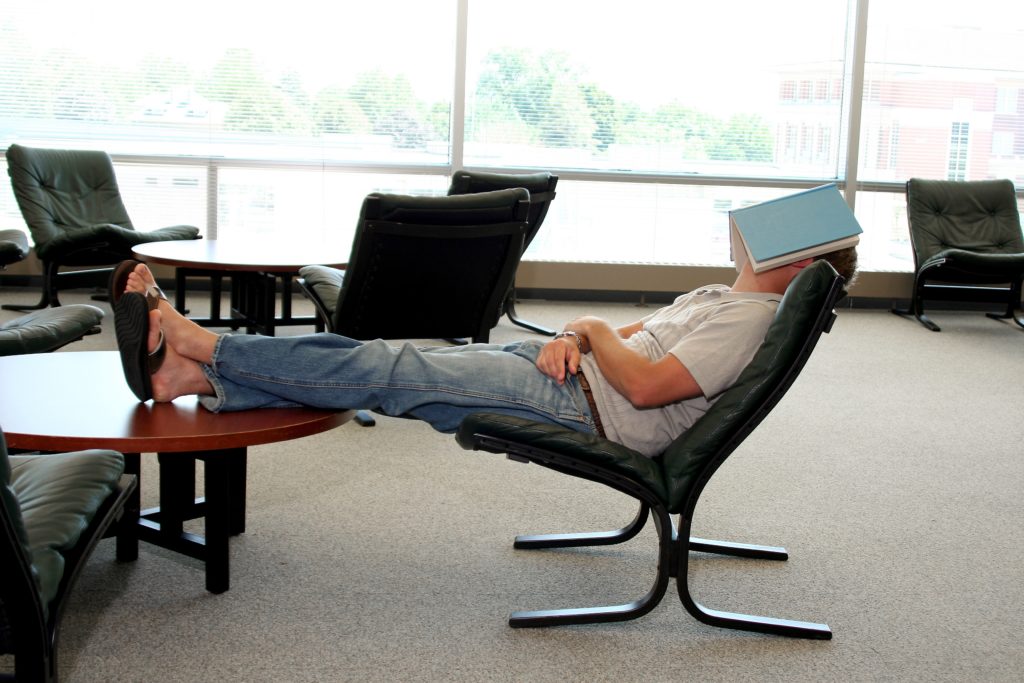
Way before the internet of things, we quit getting up and walking to the TV to change the channel. We’ve had electric pencil sharpeners to save us from the effort of turning a crank and electric paper towel tearing machinces to save us from… Not really sure what that was supposed to save us from.
Suffice it to say that labor-saving devices haven’t always meant the difference between beating our clothes on the rocks and tossing them into a washing machine.
The IoT is exponentially increasing the jobs we won’t have to do any more. There are automatic pet feeders, or course, but now there are also automatic pet feeders that make your pet run around a bit before they give up the kibble, saving you the trouble of playing with your pet. There are light bulbs that take your orders (to shut off, we figure) via Siri or Alexa so you don’t have to walk over to the light switch. There are kettles that alert your phone rather than whistling, so that you can… rest your ears?
Our ancestors — the ones who plowed without motors, walked to work and school, and chopped their own wood — were probably a lot more fit than we are. But we may be at the point where walking to the light switch no longer makes a big difference. The remote control might have given rise to obesity (some medical professionals say so) but it’s more the number of hours it encourages us to spend in front of the TV than because it robs us of the healthful exercise of stepping up and pushing buttons on our own.
Most of us don’t do enough physical labor to make a home labor saving device meaningful.
However you feel about labor saving devices in the home, automation keeps many working people out of danger and frees them from drudgery. If you need support with your Rexroth electric motion control system, we can help.